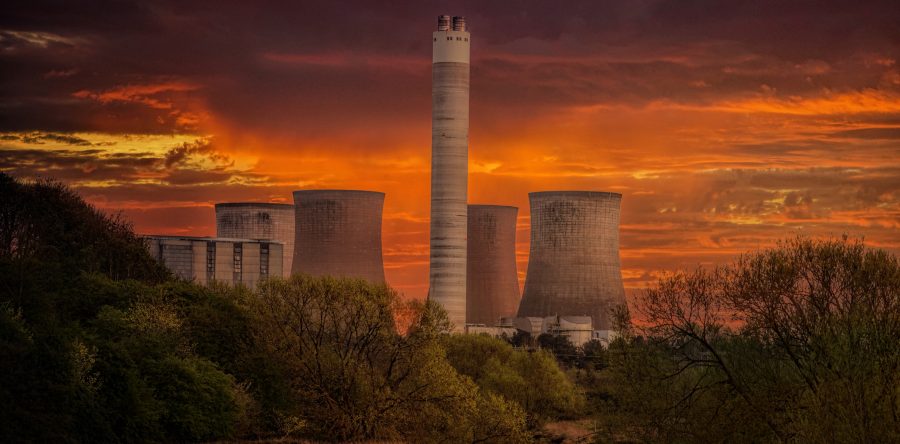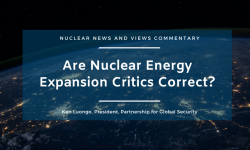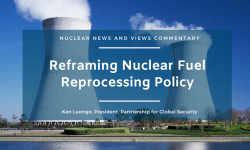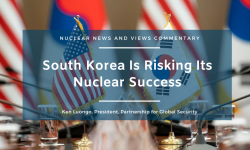In the hyper-polarized political, media, and factual environment in which we are increasingly living, it is rare to find an insightful, balanced analysis on the pathway to effective global decarbonization that cuts across parties, tribes and ideological battle lines. Bloomberg NEF, has delivered this message and it is worth reading and acting on, whether you are alarmed about climate change or just support clean energy and global stability.
The overriding reality is that the scale of the global decarbonization challenge is massive, whether the goal is to achieve it by 2030, 2050, or the end of the century. The most salient fact is that the electricity sector remains at the heart of any emissions reduction effort. The most challenging statistics are that fossil fuels account for 63% of electricity generation and “over the past 18 years, global energy-sector carbon emissions grew by more than 40%.”
The Bloomberg analysis is brutally honest in its assessment of how these challenges can best be addressed.
Energy efficiency is important but likely inadequate based on its past history of reducing energy intensity.
Wind and solar power, after an investment of $3 trillion, provides a combined 7% of global electricity at present. To deliver a 20%-45% decrease in emissions via wind and solar, you would need to “add two to four times as much capacity in the next decade as has been added in the last two decades.” Other scenarios require even greater volume, perhaps up to 5-10 times the current global capacity of wind and solar. This is not to say that it can’t be done. But it hasn’t yet been demonstrated.
The underlying theme in the Bloomberg analysis is that the world cannot afford to abandon current or future nuclear power if it hopes to meet its climate objectives. But, even with this positive assessment the future prospects for nuclear power are not on a trajectory for success.
The situation in Europe provides some instructive comparisons. The U.K. cut in half its CO2 intensity by ramping up renewables to 34% of its power and maintaining its nuclear capacity. By contrast, Germany, in 2018 provided 36% renewable power but is shutting its nuclear power plants, resulting in CO2 intensity that is twice that of the U.K. France, which produces 72% of its power from nuclear generation has a CO2 emissions intensity of less than half the U.K.
Sounds compelling, but there are serious challenges. In the U.S., for example, existing nuclear plants are shutting down because they cannot economically compete with cheap natural gas. Without a prioritization of emissions reduction, low cost wins in many American energy markets. There also are nuclear decommissioning and waste costs, which are significant.
Further, the cost to build new, large-scale nuclear plants in the U.S. or Europe are rising substantially and the political appetite for supporting these installations has been diminishing for decades. The price to build two new reactors at Vogtle in Georgia has doubled. The budget for the new Olkiluoto plant in Finland has tripled. They, like the Hinckley C plant in the U.K., are years behind schedule. Even in a major nuclear growth market like China, costs are rising, there is political and regulatory caution, and renewables are outpacing nuclear generation.
The question is whether small modular and next generation advanced reactors can help meet the world’s clean energy challenge while keeping costs in check, offering safe operation, and preventing nuclear weapons proliferation. There are many challenges to overcome, including winnowing the field from dozens to the most promising designs. It also is essential to construct a free market economy financing model that will allow OECD nations to effectively compete for this new nuclear market against the state-backed companies in Russia and China and thereby blunt their geopolitical ambitions. And, a regulatory and governance system must be created that will ensure safety, prevent proliferation, and strengthen security.
There is a lot at stake in how the world manages its trajectory toward zero carbon. As Bloomberg notes, there are “tough choices and compromises to make.” A good start is to take a break from the insular, validating bubbles in which many now live and get a grip on reality. There is no one silver bullet technology that will solve the problem. But, while the ideologues fight, the problem grows.
Ken Luongo, President, Partnership for Global Security






